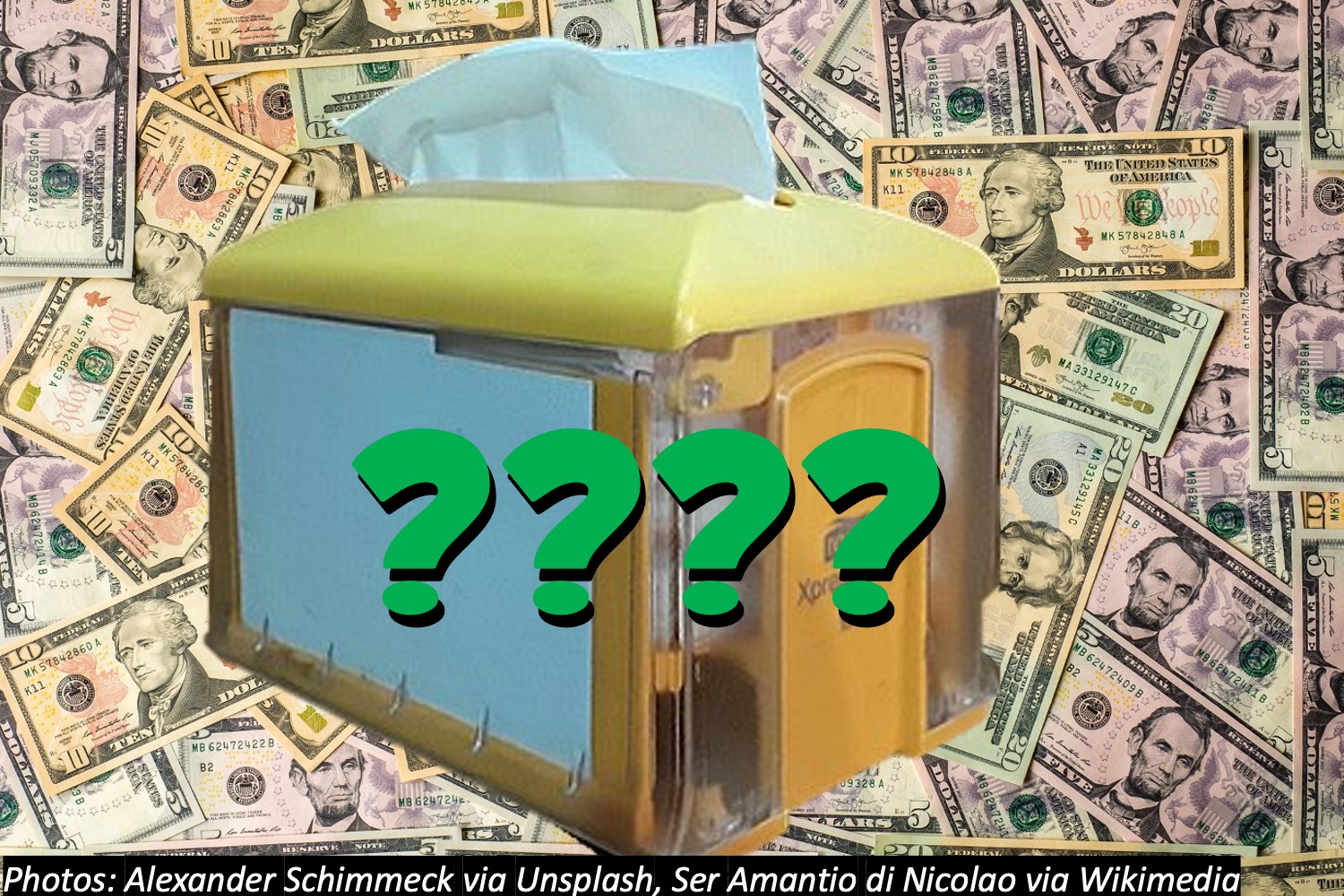If you try to print fake money, you’ll go to jail if you get caught. That’s because “counterfeit” money messes up the total amount of money out there, plus it just isn’t fair. But one guy, Cass Alder, tried to use cute party napkins with $100 Canadian bills printed on them. He cut out the money shapes, glued them onto paper, and even baked them. But the store clerk could tell the bills were fake, and Alder spent 60 days in jail. It was the worst arts and crafts project ever!
Wee ones: What shape is that $100 bill?
Little kids: If you have a real $100 bill and a fake $100 bill, how much money do you look like you have? Bonus: How many more bills do you need to total $400 of real money?
Big kids: If Alder had glued a fake $100, then a fake $50, then a $100, then a $50…what total value would he have after the 7th bill? Bonus: If that pack has 18 napkins and each has $100 printed on it, how much money do they look like altogether?
The sky’s the limit: If Alder printed $100s and $50s, how many ways could he combine those 2 kinds of bills to add up to $750? (Don’t worry about the order, just the number of each kind of bill.)
Answers:
Wee ones: A rectangle.
Little kids: $200. Bonus: 3 more, since you start with just 1 real one.
Big kids: $550, since he’d had $400 in hundreds, plus $150 in fifties. Bonus: $1,800.
The sky’s the limit: There would be 8 ways. He could have 7 $100s and 1 $50, or swap in a couple of $50s for one of the $100s to have just 6 $100s and 3 $50s…by swapping another 2 $50s, he’d have 5 and 5…then 4 and 7, then 3 and 9, then 2 and 11, then 1 and 13, and then finally no $100s and 15 $50s. In short, he can have 7, 6, 5, 4, 3, 2, 1, or 0 $100 bills.



